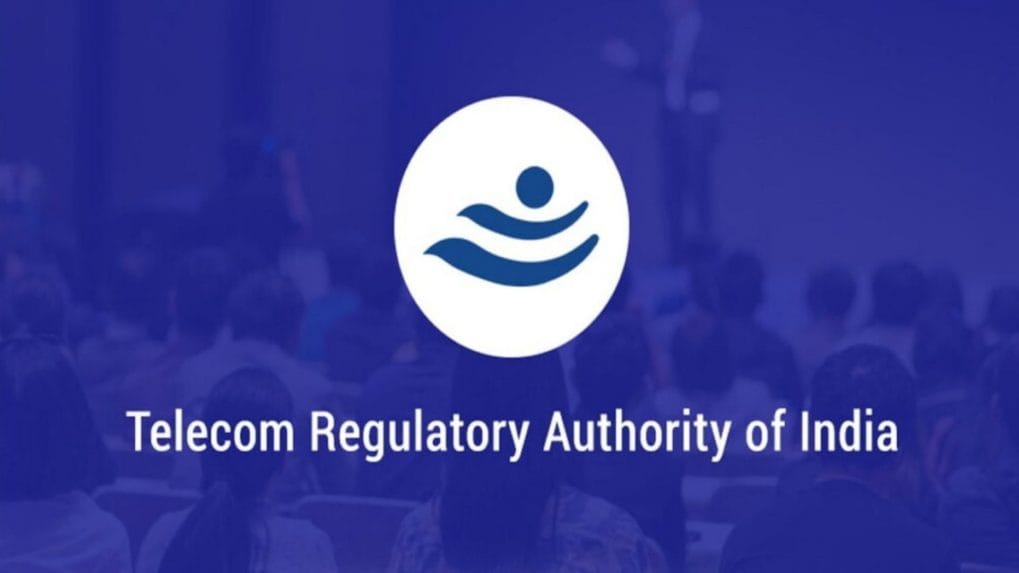Agency News
'Why buy a network that even Dentsu couldn’t fix?': Inside the gamble of Dentsu's international arm sale

Ever squinted at an SMS and thought, "Who sent this?" Whether it was a tempting flash sale alert or an OTP you couldn't trace, those days of guessing are now over.
Since May 6, 2025, the Telecom Regulatory Authority of India (TRAI) has rolled out a new SMS header format under its TCCCPR 2025 Amendment, bringing transparency to every commercial message you receive. In simple terms: your SMS now carries a secret identity tag that reveals where it's from and what it's about.
The Formula
[Network][State]-[Brand]-[Type]
Each SMS now ends with one of these codes:
-P = Promotional (sales, offers, marketing campaigns)
-S = Service (app updates, appointment reminders)
-T = Transactional (bank OTPs, alerts)
-G = Government (official messages from govt departments)
Examples:
- VM-BANK-T: Vodafone India, Maharashtra, Bank Header, Transactional.
- KA-ZOMATO-S: Karnataka network, Zomato, Service. Translation: Your food is almost here.
- VM-BLUDRT-S - Vodafone India, Maharashtra, Blue Dart, Service
What’s changed?
- Suffixes are now mandatory
All SMS headers (also known as sender IDs) must now carry the type-specific suffix, so you know whether it’s a transaction or a tempting deal. This suffix is auto-added based on your sender template registered on the DLT (Distributed Ledger Technology) platform.
- Service explicit category = Retired
The previously grey area called “Service Explicit” has been eliminated. All messages under this are now considered Promotional (-P) by default.
- Nothing for users to do
You don’t have to lift a finger. The suffix tagging and template updates are handled automatically by telecom providers and bulk SMS vendors.
- Brand headers stay the same
Businesses can still use their original sender names like NYKAA, ICICIBANK, or ZOMATO—with the type suffix simply added on.
Bonus: More protection from spam
Starting April 11, 2025, TRAI has also introduced:
- 7-day complaint window (extended from 3 days) for reporting spam or UCC (Unsolicited Commercial Communication).
- Tighter controls on rogue 10-digit numbers and unregistered telemarketers. Now, complaints can be filed even if the number isn’t part of an official registry.
What should you do?
Absolutely nothing. The changes are all backend-based. Whether you're a user or a business, the SMS ecosystem just got cleaner, clearer, and more accountable—without you lifting a finger.
Why it matters?
TRAI’s updated format is more than just a new naming convention—it’s a step towards a safer, smarter communication system. It demystifies your messages, curbs spam, and makes sure you know who’s talking to you—and why.
So the next time you see "GJ-MEESHO-P" or "TN-SBI-T", you'll know exactly what’s knocking on your inbox.
Today’s B2B marketers wear many hats: strategist, technologist, and storyteller.
Read MoreThe GCC's expansion is not limited to GIFT City. These centres are also accelerating in tier-2 locations such as Bhubaneshwar, Coimbatore, Kochi, and Chandigarh, where promising talent pools are attracting interest